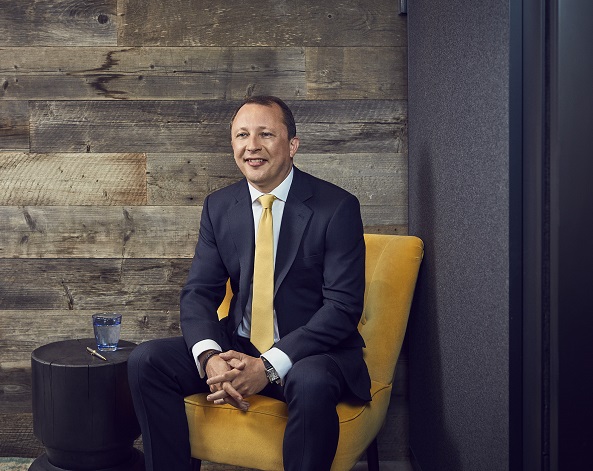Institutional investors, operators, managers and purpose-built accommodation providers are moving towards a multi-class investment solution. And recent developments like the Scape Surrey 2 scheme in Guildford reflect the blurred lines that now exist between use classes across the private ‘beds for rent’ sector.
Embracing the ‘Living’ concept
In our white paper, Future Living, we made the case for a serious rethink of residential property investment. One that leaves behind the siloed approach and instead embraces the commonalities, and opportunities, across all rental segments.
Our findings, together with case studies from across the Atlantic, prove there is an investment case – and underlying appetite – for grouping private residential rental property asset classes within a single portfolio. This blended approach will support a single return target and enable a more joined-up, holistic approach to real estate investment in the UK.
More than half (56%) of institutional investors from across UK real estate believe this combined ‘Living’ category, with its low but stable returns, will compete with other real estate asset classes as global bond yields rise. And 90% agree that within the next five years, investment strategies encompassing student, private rented sector, serviced apartments and retirement living will be common in the UK.
Clearly investors believe there is mileage in this blended approach, and innovative developers are taking note, delivering a mix of tenure types within a single scheme.
Blurred lines within the same portfolio
We recently agreed a senior debt facility with Scape UK and HG Construction for a project that features more than one asset class within the same development, recognising both under the umbrella of ‘beds for rent’.

48% of global investors are optimistic about student accommodation, more than any other rental asset class
"The £53.5m debt facility, announced just weeks after we penned the Future Living report, will fund the development of 403 purpose built student accommodation (PBSA) beds and 113 co-living units as part of the Scape Surrey 2 scheme in Guildford.
Demographics – record numbers of 18-year-olds are set to enter the student population in 2020 – and investor interest speak to the opportunities in student accommodation. And signal the commonalities between, in this instance, the student and co-living market.
Our research tells us that 48% of global investors are optimistic about student accommodation over the next five years, more than any other rental asset class, with as many as 74% either currently investing or considering investing in PBSA over the same period.
Meanwhile, more than half (55%) are currently or considering investing in co-living over the next five years, particularly now that the case for student is well proven. And herein lies the differentiator between the UK ‘Living’ category and the American multifamily model.
Student and co-living: happy together
Investors and developers in the UK are yet to group rental classes wholesale, as in the US. Instead, they cherry-pick the segments they believe to be most complementary, balancing more mature classes against nascent segments to reduce risk and narrow overall yield spread.
Co-living is essentially student living for grown-ups: The operational quirks are similar, and in a mature student sector, investors now have a template for how to negotiate the market. For those learned in service-orientated or operational real estate, the case for a blended portfolio is undeniable.
Developments like Scape Surrey 2 testify to the logic of this blended approach. The underlying structural trends impacting home ownership numbers, the growing maturity of the ‘beds for rent’ segments, and the low but stable income characteristics they offer are common across the market.
The job now for property firms and for financiers is to turn this complexity into a simple revenue stream for investors. We have become, as operators, managers and purpose-built accommodation providers, much better at doing that. But to mature as a sector, we need investors to feel confident dipping in and out of different profiles.
